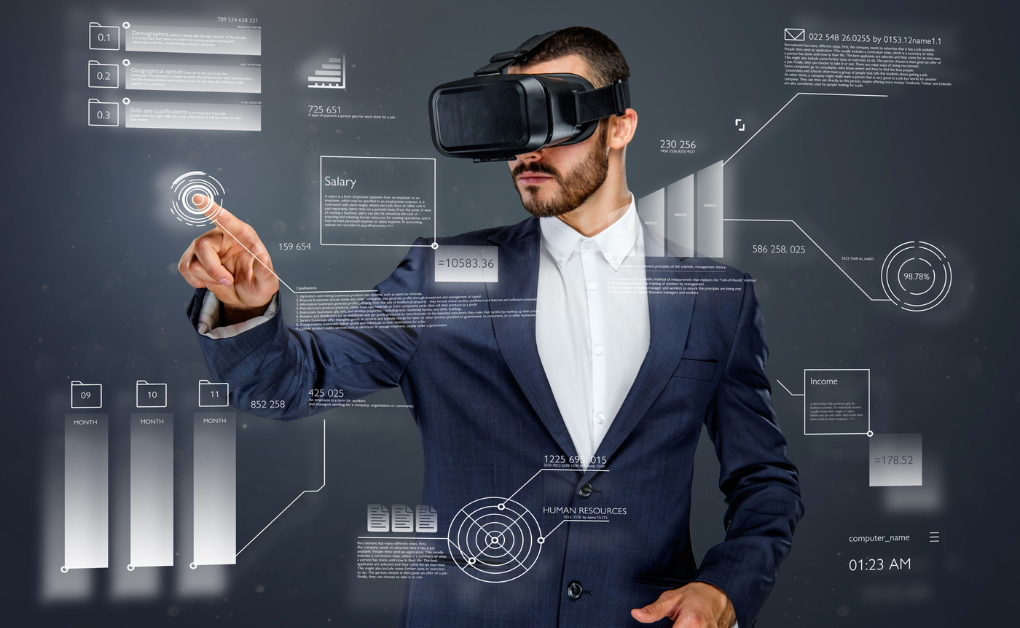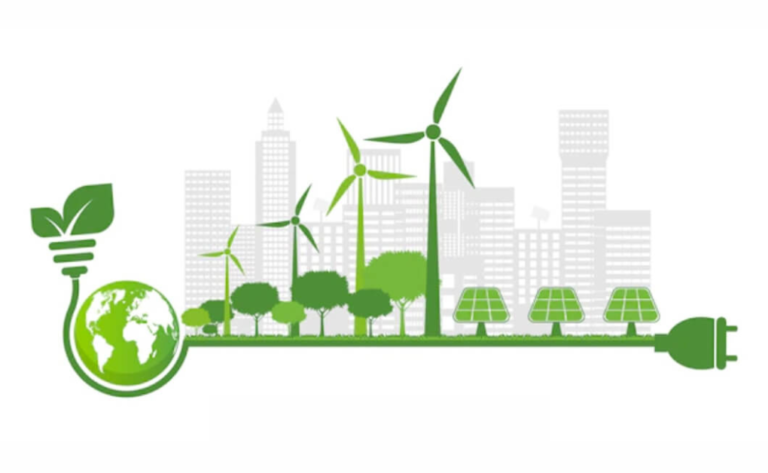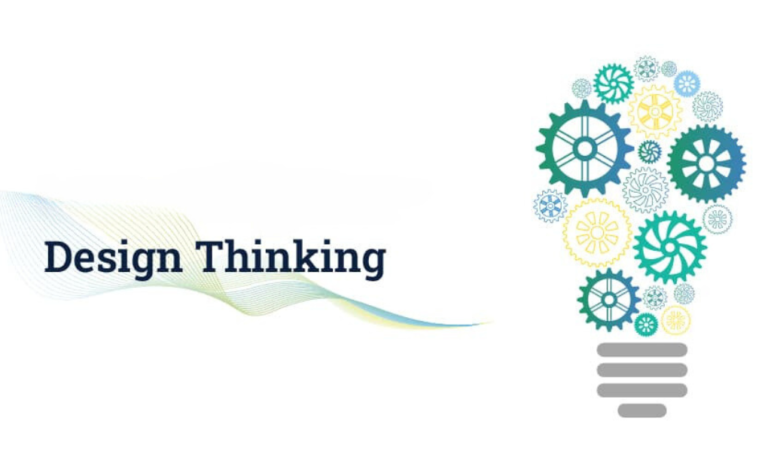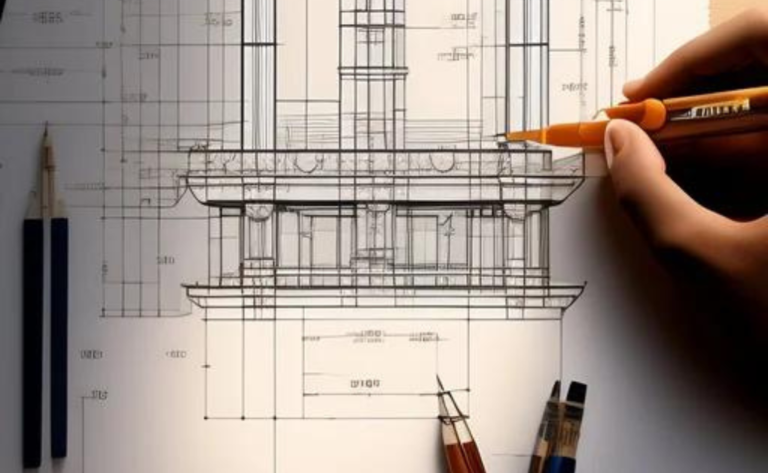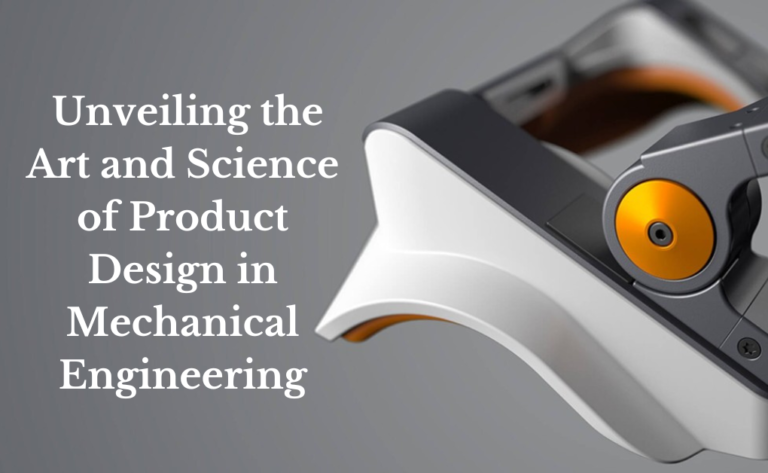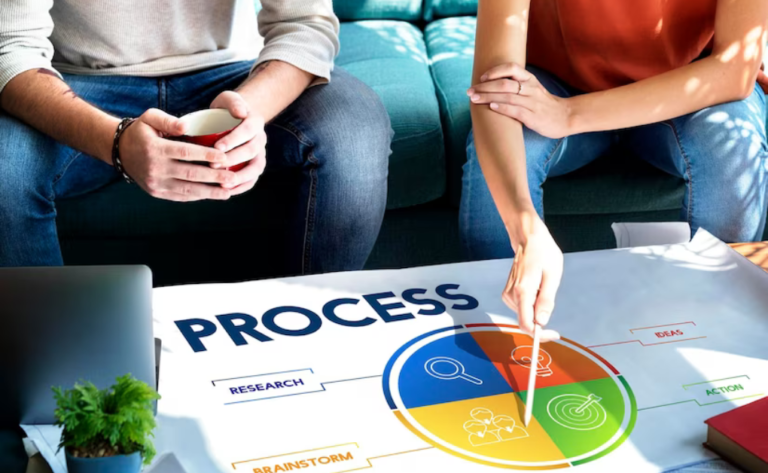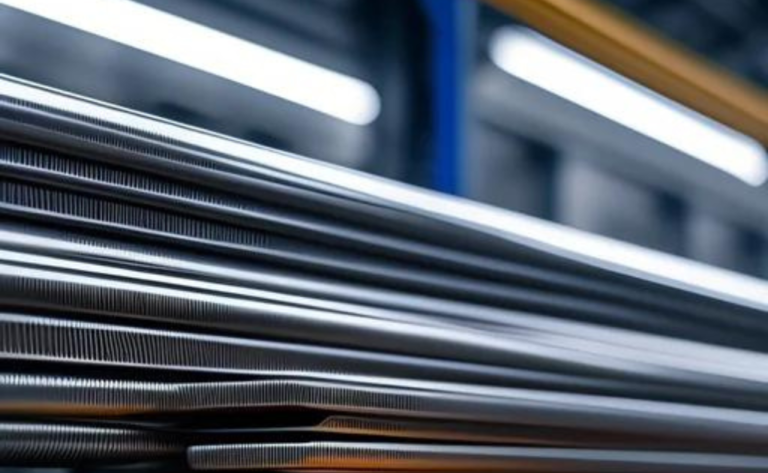The Impact of Virtual Reality (VR) in Prototyping
The Impact of Virtual Reality (VR) in Prototyping:- In the ever-evolving landscape of product design, the integration of cutting-edge technologies has revolutionized the way designers conceive, create, and present their ideas. Virtual Reality (VR), once primarily associated with the realm of gaming and entertainment, has found its stride in the world of product design. With a decade of experience in the industry, I am excited to explore how VR is transforming the prototyping phase, offering designers and clients a truly immersive experience with 3D models.
Understanding Virtual Reality (VR)
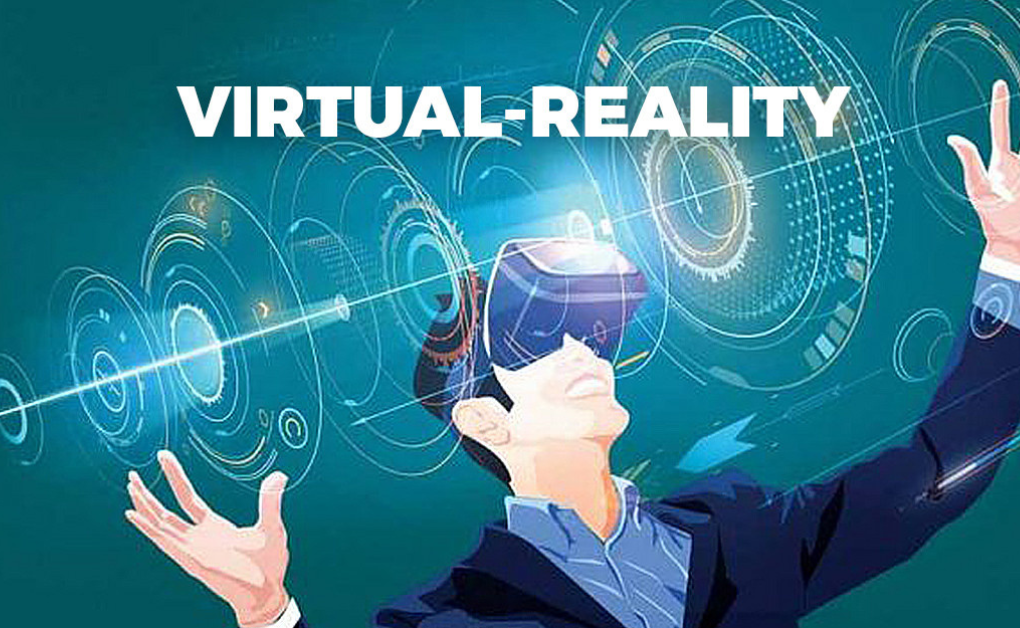
Before we delve into the impact of VR on prototyping, let’s briefly understand what Virtual Reality is and how it operates.
Virtual Reality, often abbreviated as VR, is a computer-generated simulation of a three-dimensional environment that users can interact with through the use of specialized hardware and software. The goal of VR is to create a sensory-rich, immersive experience that mimics the real world or a fictional one, enabling users to perceive and interact with objects in this digital space as if they were physically present.
VR technology relies on several key components, including:
Head-Mounted Displays (HMDs): These are the goggles or helmets that users wear to view the virtual environment. HMDs often incorporate motion sensors and displays that track the user’s head movements and provide a stereoscopic view.
Input Devices: These include controllers or gloves that allow users to interact with objects in the virtual world. They can be as simple as handheld controllers or as advanced as haptic gloves that provide tactile feedback.
Computer Hardware: High-performance computers or gaming consoles are essential for rendering complex virtual environments in real-time.
Software: VR software includes the digital environments, applications, and simulations that users engage with while in the virtual world.
VR in Business: A Transformative Tool
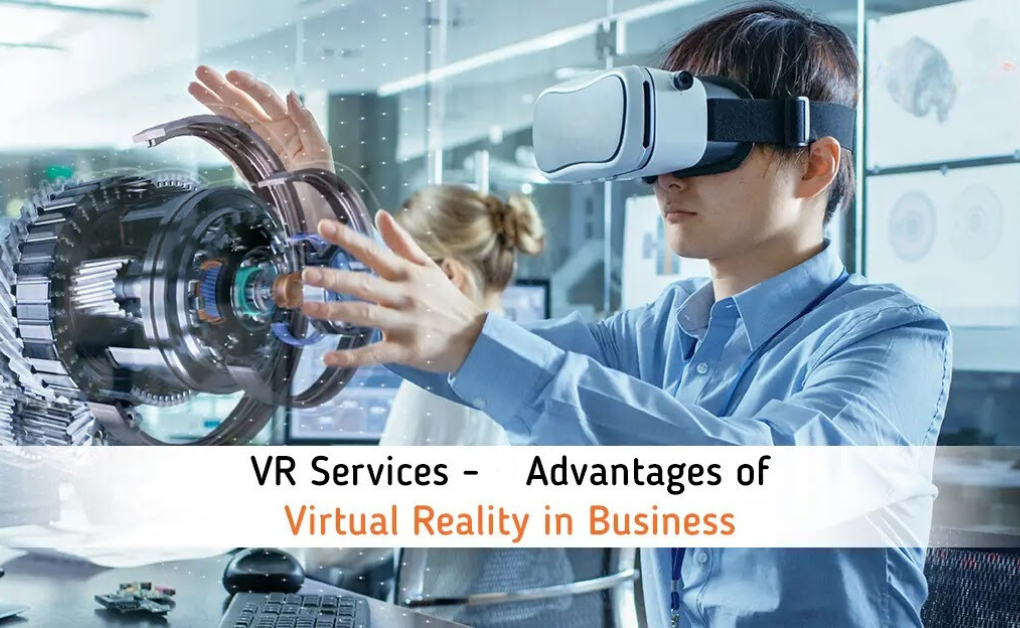
Virtual Reality has found widespread adoption in various industries, from healthcare and education to architecture and engineering. In the realm of product design, VR is proving to be a game-changer, offering several benefits to businesses and design teams alike:
Enhanced Visualization: Traditional 2D design tools, such as sketches and blueprints, often fall short in conveying the complete essence of a product. VR, on the other hand, allows designers to create 3D models that can be explored from every angle, providing a more accurate representation of the final product.
Realistic Prototyping: The prototyping phase is a critical stage in product development. VR enables designers to create virtual prototypes that simulate the physical product’s appearance and functionality. This not only speeds up the design process but also reduces the need for costly physical prototypes.
Iterative Design: VR facilitates rapid iteration. Designers can easily make changes to a virtual prototype and instantly assess the impact. This iterative approach leads to more refined and innovative designs.
Remote Collaboration: In an increasingly globalized world, collaboration across borders and time zones is commonplace. VR allows team members and clients to collaborate in a shared virtual space, eliminating the need for everyone to be physically present.
User-Centered Design: VR can be used to conduct user testing and gather feedback in a controlled and realistic environment. Designers can observe how users interact with a product and make adjustments based on real-world usage.
VR and Product Design: A Symbiotic Relationship
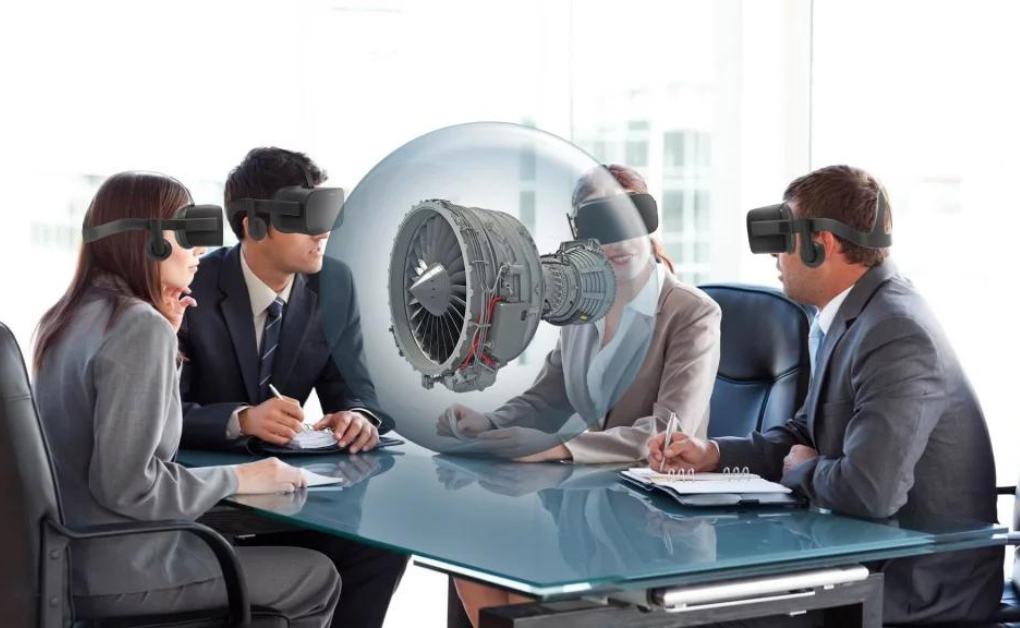
The integration of Virtual Reality into product design is a natural evolution that aligns perfectly with the industry’s needs. Here’s how VR and product design are closely related:
Immersive Prototyping: As mentioned earlier, VR enhances the prototyping phase by providing an immersive experience. Designers and clients can step into a virtual world and interact with a product before it’s even manufactured. This level of immersion allows for a more comprehensive understanding of the design and functionality, reducing the likelihood of costly design flaws.
Human-Centered Design: Product designers aim to create products that not only look good but also function effectively and are user-friendly. VR enables designers to evaluate a product’s ergonomics, user interface, and overall usability in a virtual environment. This user-centered approach results in products that better meet the needs of the end-users.
Concept Visualization: Communicating design concepts effectively is a challenge. VR bridges this communication gap by enabling designers to present their ideas in a tangible and interactive manner. Clients and stakeholders can explore design concepts in detail, making it easier to gain buy-in and make informed decisions.
Design Review and Collaboration: Product design is rarely a solitary endeavor. Design teams, engineers, and clients must collaborate closely to bring a concept to life. VR enables these stakeholders to meet virtually, review designs, and provide feedback in real-time, fostering efficient communication and collaboration.
Cost Reduction: Traditional physical prototyping is not only time-consuming but also expensive. By shifting to virtual prototyping with VR, businesses can significantly reduce the costs associated with materials, manufacturing, and physical iterations.
Case Studies: Real-World Applications of VR in Product Design
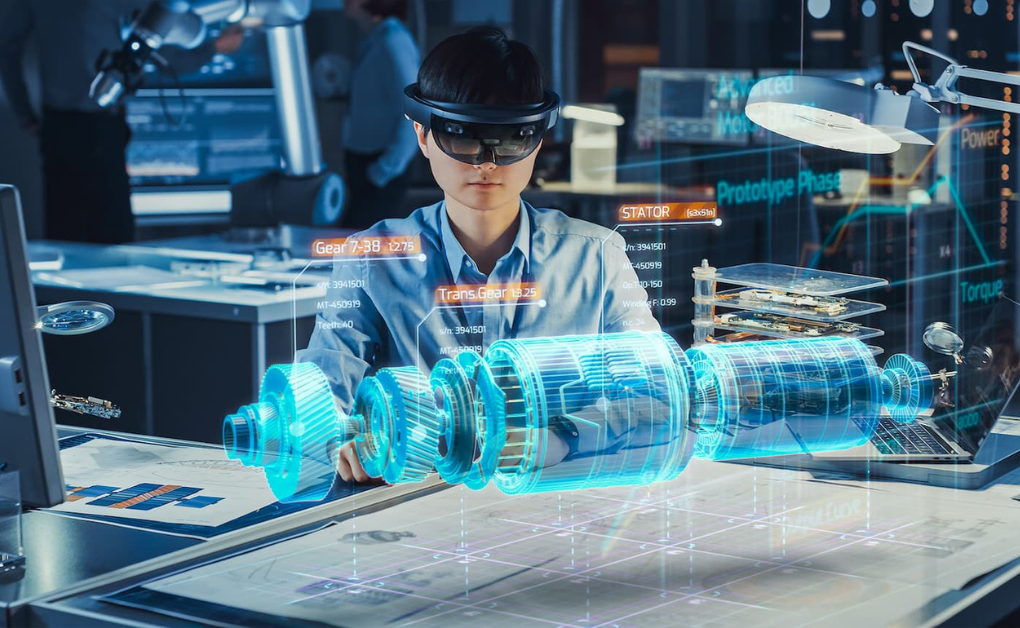
To illustrate the impact of VR on product design, let’s examine a few real-world case studies:
1. Automotive Design
Major automotive manufacturers have embraced VR to revolutionize their design processes. Designers can create and evaluate vehicle prototypes in a virtual environment, allowing for rapid iteration and fine-tuning of aerodynamics, aesthetics, and interior features. Ford, for example, has reported substantial time and cost savings by using VR in their design workflow.
2. Furniture Design
Furniture designers are leveraging VR to showcase their creations to clients in a highly immersive manner. Clients can virtually “sit” in a chair or “walk around” a table before making purchase decisions. This not only enhances the buying experience but also reduces the number of product returns.
3. Architecture and Construction
In architecture and construction, VR is being used to create virtual walkthroughs of buildings before they are constructed. This not only helps architects and builders spot potential issues but also allows clients to visualize their future spaces in detail.
Challenges and Future Prospects
While Virtual Reality has brought tremendous advantages to the world of product design, it’s essential to acknowledge some challenges and look ahead to future developments:
Cost of Entry: High-quality VR setups can be expensive, making it less accessible for smaller design firms and individual designers. However, as technology advances, costs are expected to decrease.
Learning Curve: VR tools and software require training and familiarity, which can be a barrier for some designers. As VR becomes more widespread, user-friendly interfaces are likely to emerge.
Hardware Limitations: VR hardware, while advanced, still has limitations. Improvements in resolution, processing power, and haptic feedback are areas of ongoing research and development.
Integration with Other Tools: Integrating VR seamlessly with existing design software and workflows can be a challenge. Streamlining this integration will be crucial for broader adoption.
Looking forward, the future of VR in product design is promising. As technology advances and becomes more accessible, we can expect even more innovative applications, streamlined workflows, and improved collaboration tools.
Conclusion
The Impact of Virtual Reality (VR) in Prototyping:- In the dynamic field of product design, the integration of Virtual Reality has ushered in a new era of creativity, efficiency, and collaboration. Designers now have the power to create, refine, and present their ideas in immersive 3D environments, while clients and stakeholders can participate in the design process like never before.
The impact of VR on prototyping is evident in its ability to enhance visualization, promote user-centered design, facilitate collaboration, and reduce costs. As we continue to harness the potential of Virtual Reality, we can look forward to a future where product design is more innovative, efficient, and client-focused than ever before.
As a seasoned professional with a decade of experience in the product design industry, I am excited to witness the ongoing transformation brought about by Virtual Reality, and I look forward to the remarkable advancements that lie ahead. VR is not just a tool; it’s a paradigm shift that is reshaping the very essence of how we imagine, create, and interact with products.

